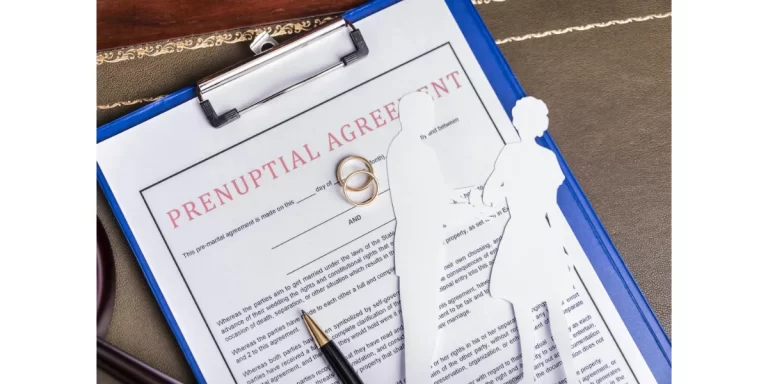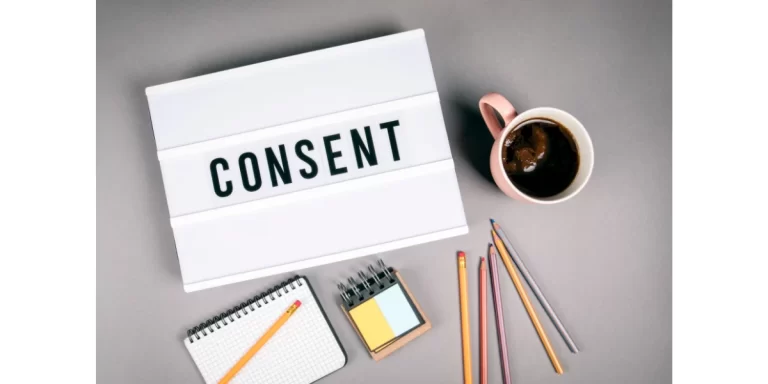A vexatious litigant is a person who persistently initiates legal actions without reasonable grounds, often to harass or subdue an adversary.
These litigants may abuse the legal system by pursuing meritless lawsuits, appealing decisions excessively, repetitively suing the same parties, or engaging in other activities to cause unnecessary delay or cost.
The term “vexatious” suggests that the litigant’s purpose is to annoy, embarrass, or cause legal expense to the defendant rather than to bring a legitimate claim.
Courts can declare someone a vexatious litigant and require that an individual obtain permission before initiating further legal proceedings. This is done to prevent misuse of the judicial system.
Meaning
Vexatious litigation is a legal action that is brought, regardless of its merits, solely to harass or subdue an adversary.
It may be a primary frivolous lawsuit or the repetitive, burdensome, and unwarranted filing of meritless motions in a matter that is otherwise a meritorious cause of action.
Courts in different jurisdictions have mechanisms to prevent such legal system abuse. If a proceeding is declared vexatious, the court may dismiss the action and potentially require the vexatious litigant to pay the other party’s legal costs.
In some cases, individuals deemed vexatious litigants may also be barred from further legal action without first obtaining permission from the court.
Also read: What is an ex-parte application for child custody?
Proceedings
A vexatious proceeding refers to a lawsuit initiated maliciously and without probable cause. A court determines whether a proceeding is vexatious by looking at various factors and the overall conduct of the party involved. The following patterns of behaviour might suggest a proceeding is vexatious:
- Lack of Grounds: The litigation lacks any substantial legal argument or factual basis. The claim is considered frivolous if it has little chance of succeeding.
- Harassment or Malice: The proceeding appears to have been initiated to harass or annoy the other party rather than to resolve a legitimate legal dispute.
- Repetitive Suits: The litigant repetitively files the same or similar claims against the same party, especially after previous claims have been dismissed or resolved.
- Excessive Legal Motions: The litigant frequently files unnecessary legal motions or engages in other tactics designed to delay proceedings or increase costs for the other party.
- Disregard for Court Orders and Processes: The litigant consistently disobeys or disrespects court orders and processes or attempts to manipulate the system.
- Abuse of Discovery Process: The litigant uses discovery methods excessively or unnecessarily, typically to annoy or oppress the other party.
It’s important to note that the standards and procedures for declaring a litigant vexatious vary by jurisdiction. Once a person is declared a vexatious litigant, they typically need the court’s permission to initiate further legal actions.
What is a Vexatious Proceeding Order?
A vexatious proceeding order, also known as a vexatious litigant order, is a legal order issued by a court to prevent a person from initiating further legal actions because their previous efforts have been deemed vexatious.
This means that the individual’s past litigation was pursued without reasonable grounds, was frivolous, or was aimed at harassing or causing unnecessary delay or cost to the opposing party.
How to Get Someone Declared a Vexatious Litigant
Getting someone declared a vexatious litigant in Australia is a legal process governed by the respective laws in each state or territory.
A vexatious litigant is someone who continually brings forward legal actions against others without sufficient grounds, often to harass or subdue an individual or a party. The actions of a vexatious litigant can abuse the judicial process and cause unnecessary legal costs for the defendants.
Familiarize yourself with the relevant legislation:
- Vexatious Proceedings Act 2005 (Cth): Applies at the federal level
- State-based legislation: Each state and territory has its own laws regarding vexatious litigants, which may have slight variations in procedures and criteria.
The court where you can file the application to declare someone a vexatious litigant will depend on the specific circumstances of the case and the applicable legislation. Usually, it will be the Supreme Court of the relevant state or territory, or the Federal Court of Australia if the matter falls under federal jurisdiction.
Prepare and File the Application
- Gather evidence of the person’s vexatious conduct. This may include court documents, correspondence, and other relevant materials demonstrating a pattern of frivolous or harassing litigation.
- Complete the necessary application forms. The specific forms may vary depending on the court and legislation, but generally, you will need to provide details about the person’s vexatious behavior, the impact it has had, and the relief you are seeking.
- File the application with the appropriate court, along with any supporting documentation and the required filing fee.
Attend the Hearing
- The court will schedule a hearing where both parties can present their arguments and evidence.
- It is strongly recommended that you seek legal representation to assist you in preparing for and presenting your case at the hearing.
Court Decision
The court will consider all the evidence and arguments presented and make a decision on whether to declare the person a vexatious litigant.
If the court grants the order, it may impose restrictions on the person’s ability to initiate or conduct legal proceedings without the court’s permission.
Who Gives a Vexatious Proceeding Order?
A judge typically gives a vexatious proceeding order in a court of law. The process generally begins when an individual, often the defendant in a case or a public official, files a request or a motion asking the court to declare the person a vexatious litigant.
In response to the motion, the court will consider the evidence presented, including the litigant’s past behaviour in litigation, to determine whether the litigant has abused the court’s process through vexatious conduct.
If the court agrees, it may issue a vexatious litigant order, limiting the litigant’s ability to initiate new legal proceedings without the court’s permission. This order helps to prevent further misuse of the legal system and protects other parties from unnecessary harassment or legal costs.
However, the process and conditions for issuing such an order can vary based on different jurisdictions’ specific laws and regulations.
Effects
Being declared a vexatious litigant has several potential effects:
- Restrictions on Legal Proceedings: Vexatious litigants typically can only initiate new legal proceedings, or continue existing ones, after first obtaining permission from the court. The court will grant permission only if the proceedings are likely reasonable.
- Public Record: The fact that an individual has been declared a vexatious litigant usually becomes a matter of public record. This may impact their reputation and could be considered in any future legal actions they are involved in.
- Legal Costs: Vexatious litigants may be ordered to pay the other party’s legal costs. In some jurisdictions, they may also be required to post a security bond before proceeding with any new litigation.
- Criminal Consequences: In extreme cases, especially where a vexatious litigant continues to abuse the legal process in defiance of a court order, they could face criminal charges for contempt of court.
Vexatious Litigant in Family Law Matters
Vexatious litigants can also emerge in family law matters.
This typically occurs when one party consistently brings forth lawsuits, motions, or other legal proceedings that lack merit, often intending to harass, annoy, or cause financial burdens to the other party.
These actions include but are not limited to, repeated filings for modification of custody or visitation orders without a substantial change in circumstances, continual claims of unfounded child abuse or neglect allegations, or persistent requests for unnecessary hearings.
The consequences of being declared a vexatious litigant in family law are similar to those in other legal domains:
- Restrictions on Legal Proceedings: The vexatious litigant may be prevented from initiating further legal actions without the court’s permission.
- Legal Costs: They may be ordered to pay the other party’s legal costs.
- Security Bond: Some jurisdictions may require the vexatious litigant to post a bond before proceeding with litigation.
- Adverse Credibility: The person’s credibility may be adversely affected in the eyes of the court, which can influence the outcome of proceedings.
Are You Dealing with a Vexatious Litigant in Australia?
Don’t let the stress of constant, meritless legal actions wear you down.
With Justice Family Lawyers, you’re not alone.
Our seasoned family court lawyers navigate these complexities, protecting your rights and sanity.
Get the robust legal defence you deserve. Contact Justice Family Lawyers today – because peace of mind is a call away!
Principal of Justice Family Lawyers, Hayder specialises in complex parenting and property family law matters. He is based in Sydney and holds a Bachelor of Law and Bachelor of Communications from UTS.






1 thought on “Vexatious Litigant: Proceedings and Effects”
Had no idea about vexatious procedures vaguely heard over years now curiosity cured thanks